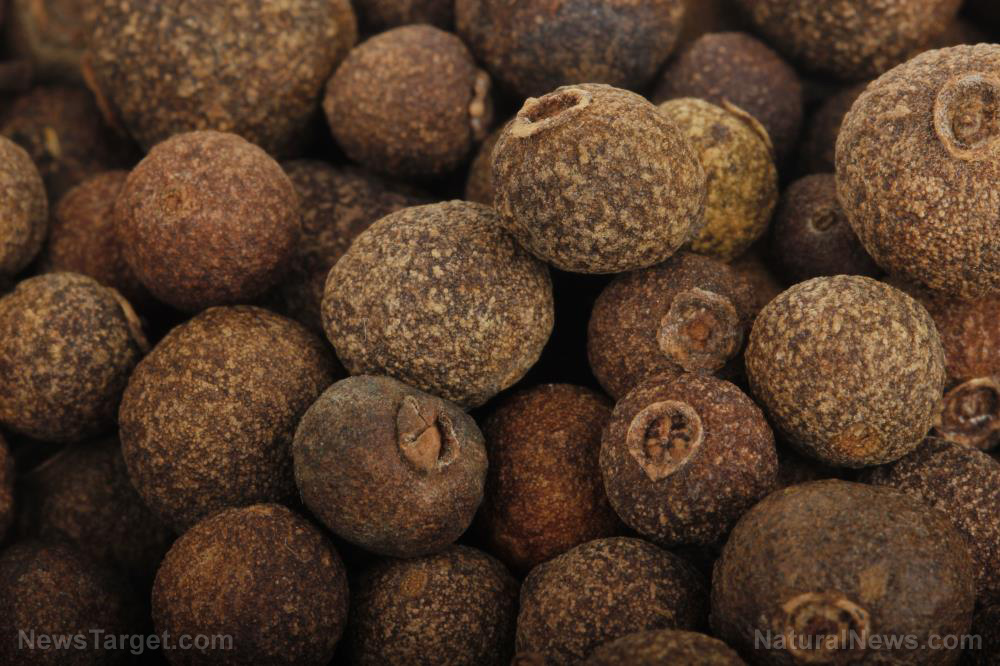
Beetroot and its health benefits
Beetroot is known as a super food due to its many health benefits. It can enhance athletic performance, lower blood pressure, and improve blood circulation. It also displays anti-inflammatory and anti-cancer activities in vitro and in vivo. Aside from these, beetroot contains phytochemicals that act as potent antioxidants. Some examples of antioxidants found in beetroot are vitamin C, carotenoids, phenolic compounds, flavonoids, and a group of bioactive pigments called betalains.
Betalains are responsible for the red and yellow color in some plants. They exhibit antioxidant, anti-inflammatory, and chemo-preventive properties. Betalains, together with inorganic nitrate, are the major bioactive components of beetroot. Research shows that betalain-rich diets are nontoxic to humans, making them a promising alternative to conventional treatments used for diseases caused by oxidative stress, inflammation, and dyslipidemia such as stenosis of the arteries, atherosclerosis, hypertension, and cancer.
In their study, which appeared in the journal Food Science and Human Wellness, researchers from Scotland investigated the physical stability of mayonnaise after the addition of processed beetroot. They also extracted phenolic compounds and betalains from beetroot and determined their antioxidant capabilities. Their goal was to prove whether or not these antioxidants present in beetroot can increase the shelf life of mayonnaise. They measured this in terms of oxidative stability.
Oxidative stability is an important consideration in the development or reformulation of food products. Oxidation of fats and oils causes rancidity and the foul taste that people find off-putting in spoiled food. This chemical decomposition of fatty acids starts with the formation of free radicals, which leads to the production of peroxides and hydroperoxides, and eventually, secondary oxidation products that affect the taste and smell of food. Therefore, the better a food’s oxidative stability is, the longer it will last in storage.
Antioxidants in beetroot can prolong shelf life
Beetroot proved to be a good antioxidant additive to mayonnaise. Researchers used Rancimat analysis, an accelerated oxidation test that measures the time it takes edible oils to form by-products of thermally-induced peroxidation, to determine this. The addition of processed beetroot improved the oxidative stability of mayonnaise at the end of a four-week-long storage period. They also found that microwaving was the best way to cook beetroot as it preserved both betalains and the polyphenol content better than boiling or roasting. This was evidenced by the enhanced oxidative stability shown by mayonnaise with microwaved beetroot while in storage compared with mayonnaise with boiled or roasted beetroot.
In terms of texture and appearance, the mayonnaise with microwaved beetroot was more viscous than commercial mayonnaise. It was also grainy and less spreadable than commercial mayonnaise. However, during a taste test, the reformulated mayonnaise got the highest score for taste, odor, and aftertaste from participants, suggesting an improvement in its chemical composition. The researchers, therefore, concluded that adding beetroot to mayonnaise protects it from lipid peroxidation while in storage. It also enhances sensory attributes such as taste and odor. With a few more changes, the researchers hope that the reformulated product will be fully marketable. The results of their study prove the antioxidant potential of beetroot to prolong the shelf life of food.
Sources include:
pdfs.SemanticScholar.org [PDF]
Please contact us for more information.























